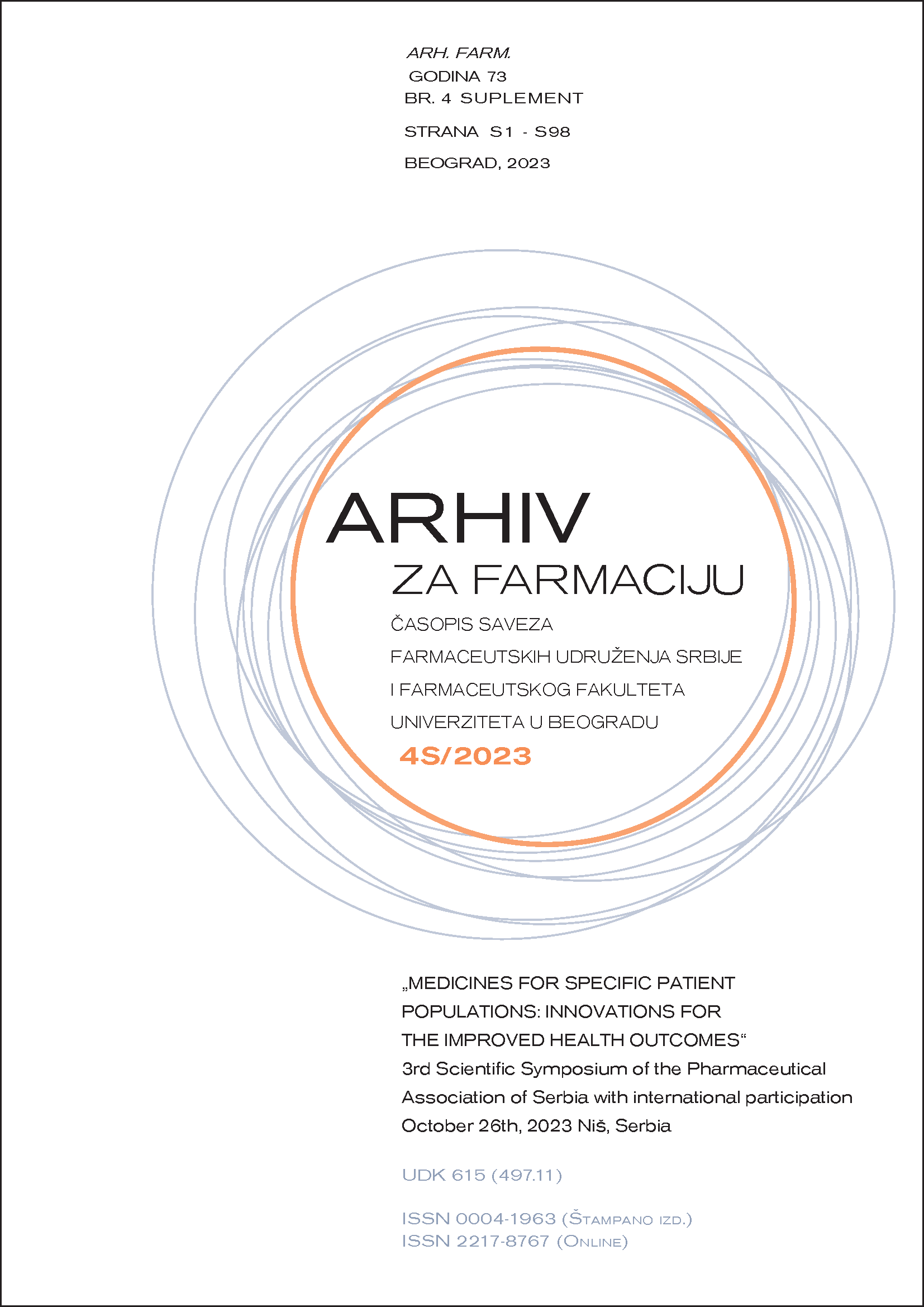ANTIMICROBIAL ACTIVITY OF PPIX-SUV LIPOSOMES AGAINST Staphylococcus aureus and Bacillus subtillis
Abstract
Microbial resistance seriously complicating the treatment of infectious diseases by making many widely used drugs almost inapplicable. According to World Healh Organisation the most commonly reported resistant bacteria were Escherichia coli, Klebsiella pneumoniae, Staphylococcus aureus and Streptococcus pneumoniae. Antimicrobial photodynamic therapy (aPDT) is a non-antibiotic approach to inactivate microorganisms and it combines a non-toxic photosensitizer (PS) with visible light to generate singlet oxygen and free radicals that kill microbial cells. Protoporphyrin IX (PPIX) is a well-known photosensitizer that has potential for use in aPDT. PPIX-loaded liposomes were prepared using dry PPIX-lipid film method and extrusion through filters with 100 nm pores to obtain SUV (small unilamellar vesicles) liposomes. PPIX-SUV liposomes were added in sterile erlenmeyer with bacterial cultures, and placed on magnetic stirrer with continuous stearing. Antimicrobial activity of PPIX-SUV liposomes was initiated by photosensitization reaction with visible white light in cylindrical hand-made photochemical reactor. Light intensity of used lamps was approximately 40000 lux. Obtained results showing that PPIX-SUV liposomes have inhibitory effects in both, Staphylococcus aureus and Bacillus subtilis environment. The number of Staphylococcus aureus and Bacillus subtilis in control samples were 7.30±0.05 and 7.38±0.09 log CFU/ml, respectively. After 10, 20 and 30 min of illumination the number of bacterial colony units were 6.66±0.03, 4.94±0.02, 4.55±0.05 log CFU/ml for Staphylococcus aureus and 6.33±0.03, 6.15±0.15, 4.25±0.06 log CFU/ml for Bacillus subtilis, respectively. PPIX-SUV liposomes have shown antimicrobial activity against both used gram-positive bacteria, which are time and light intensity dependent, representing stable base for their possible use in a PDT therapy.

